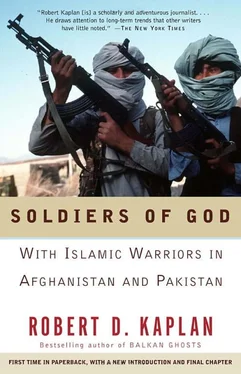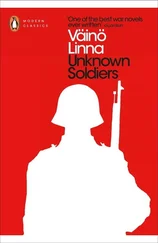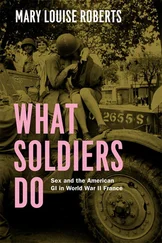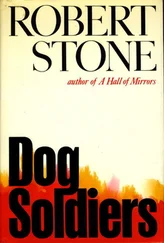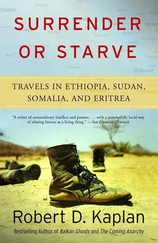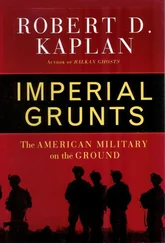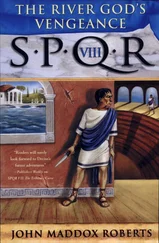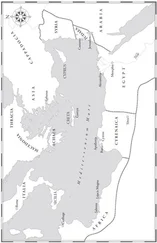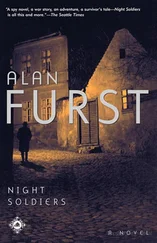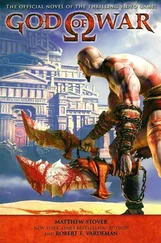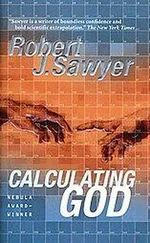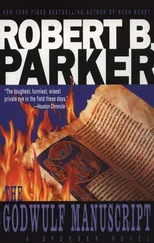* * *
My visit to the Kandahar area crystallized my thoughts about America’s role in Afghanistan.
From a distance, this was the war in which Washington got things right for a change. Up close, it was more a case of Washington finally getting lucky. The conventional wisdom in the capital through most of the war held that the CIA played it smart by letting the locals… in this case, the Pakistanis… run the fighting. Up close, however, one got a very different impression.
The Washington wisdom, again, was that Afghanistan proved that supporting guerrilla proxies in a superpower turf battle will pay off when there is bipartisan support in Congress for it. But up close, what was clear to me, to everyone on the Northwest Frontier, and especially to Abdul Haq, was this: had the mujahidin lacked the will to suffer as they did, even bipartisan support in Congress and the billions of dollars in weaponry placed in ISI’s trust as a result would not have been enough to thwart the Soviet reach for this latest satellite state. The American intelligence community may in fact have performed little better in Afghanistan than in Lebanon or Nicaragua.
For American policy makers, there may be no reliably applicable lessons of the Afghan war except that you win some and you lose some.
The following day I departed Arghandab with Akbar, Haji Babà, and several of his men. We planned to head south, across the Herat-Kandahar stretch of the ring road, and then east into the southern suburbs of Kandahar.
After forty-five minutes of bumpy circumvolutions to avoid mines and destroyed vehicles, we approached a battered bridge on the ring road, under which a tributary of the Arghandab River flowed. At the foot of the bridge was a bombed-out hotel. It was hard to imagine, but in prewar times upper-class Afghans held wedding receptions by the hotel’s swimming pool, and newlyweds spent their first amorous night in one of the rooms. The empty pool, with its peaceful view of the swampy river tributary, still appeared to be in good condition, but Soviet soldiers had occupied… and in the process trashed… the building. In their wake had come a unit of rugged Khalis mujahidin, who now sat with their guns and grenade launchers at poolside, brewing tea while keeping an eye on the bridge. They didn’t seem to think much of the pool or the view.
As our Land Cruiser turned eastward onto the Herat-Kandahar highway to Kandahar, we saw the rusted carcasses of Soviet tanks lined up back to front for over a mile. There must have been close to a hundred of them. Each had a monumental, Rodinesque quality, bent and twisted into a separate archetype of destruction that made it easy to visualize the sheets of flame and the agony of the men as they died. Some of the tanks were burned almost completely black, others were brick-red. Severed cannons and turrets lay off to the side of the road. The desert was littered with many more tanks, transport trucks, and armored personnel carriers. I had visions of Egyptian-Israeli tank battles in the Sinai and World War II campaigns in North Africa. I thought of the opening scene of Patton, which depicted the wreckage of American armored vehicles destroyed by Rommel in Tunisia’s Kasserine Pass. Other journalists had dubbed the Iran-Iraq war a replay of “World War I in the trenches;” I thought of the Kandahar front as “World War II in the desert.” Except that the desert campaigns in World War II were reported to the outside world, while men died by the thousands on these central Asian battlefields with barely a word of coverage.
The mujahidin had created this wall of tanks, moving each one into place after it had been destroyed, in order to protect a large outpost behind the road from a Soviet ground attack. The guerrilla outpost was inside the gardens of an early-eighteenth-century tomb, where the Pathan tribal leader Mirwais Khan Hotaki lies buried. He fought many battles against the Safavid Persians in the decades preceding the rise of Ahmad Shah Durrani. Mirwais openly thought of the Persians as degenerate and effeminate; he was the first known Pathan leader to think of his race in the same heroic, masculine terms as did Kipling and other foreigners since. Miraculously, the blue faience dome of Mirwais’s mausoleum, surrounded by poplar trees, was still in perfect condition behind the tanks… a badge of medieval glory amid the Kiplingesque turbans and bandoleers, and this World War II desert backdrop.
The driver turned off the paved highway a few miles west of Kandahar and headed southeast over a well-rutted track. Mortar and artillery fire became louder again, and for the first time I heard the rattle of light machine guns. The driver stopped and Akbar, ‘Haji Babà, and I climbed to the top of a sandstone cliff to espy the city.
Everything I saw and thought at that moment summoned up antiquity. The capital of southern Afghanistan lay spread out in front of the same chain of mountains that I had seen at Arghandab a few hours earlier from the other side. The city was a vast quilt of ruins etched on the barren sand, like Palmyra in the Syrian desert. Kandahar in 1988 looked not all that much different from the cities Alexander himself had seen and founded: a Hellenistic archeological site with a regular army holed up in a fortified perimeter and guerrillas firing in from all sides. The only real landmarks were the KhAD prison on the western edge of the city and the medieval blue dome to the east, which according to Moslem folklore holds the remains of some of the Prophet Mohammed’s clothing-
This was a historic moment: the Soviets still left in the city
and at the airport were farther south than any of their other comrades had ever been, and their imminent departure would signal the first northward redrawing of the Kremlin’s imperial map since the late seventeenth century. Kandahar airport, once called an American white elephant, had become the Russian Khe Sanh.
Haji Babà sighed. “We have already given God over a million martyrs. That is more than enough.”
After only a few more minutes of driving we were in the cratered back streets of Mahalajat, the southern suburb adjacent to the main bazaar of Kandahar city, now reduced to rubble. Clusters oftall wooden poles affixed with ragged white shaheedan banners flared like porcupine quills out of the ground. On the cassette player inside the Land Cruiser blared the haunting, melodramatic voice of Ahmad Wali, an exiled Afghan singer.
Though Mahalajat was considered a mujahidin stronghold, once in the city the battle lines were haphazard, with Afghan regime posts only about two hundred yards away from our car in several directions. Small arms, light and heavy machine guns, and mortars and artillery pieces were all being fired simultaneously; after a few minutes I got used to the racket. Twice we had to cross an open field in sight of an enemy post. The driver swerved and accelerated, yet still we attracted fire. Then the Land Cruiser got stuck behind a tonga that was having difficulty negotiating an irrigation ditch. It was incredible: a tottering horse-drawn carriage with a veiled woman in the back seat holding a sack of groceries in the middle of a free-fire zone. The spotted white horse, decked out in red and purple pompoms as if out for a stroll in Central Park, was so emaciated that I could see the outline of its skeleton beneath the flesh. The horse served as an apt symbol for Afghanistan, I thought; almost dead, yet defiant to the last.
Our driver parked behind a fragment of stone wall. From there we made a dash to a small NIFA base near the point where Mahalajat merges with the heart of the city… an idyllic spot if you could ignore the bombs. The mujahidin kept a patch of daisies next to a carpeted terrace in the shade of a vine pergola. Here we stretched out and relaxed until tea and mint-flavored curds were served. A cage with a singing canary hung from the vines. Despite the nearby explosions of artillery and mortar shells, I dozed off for a few minutes.
Читать дальше
